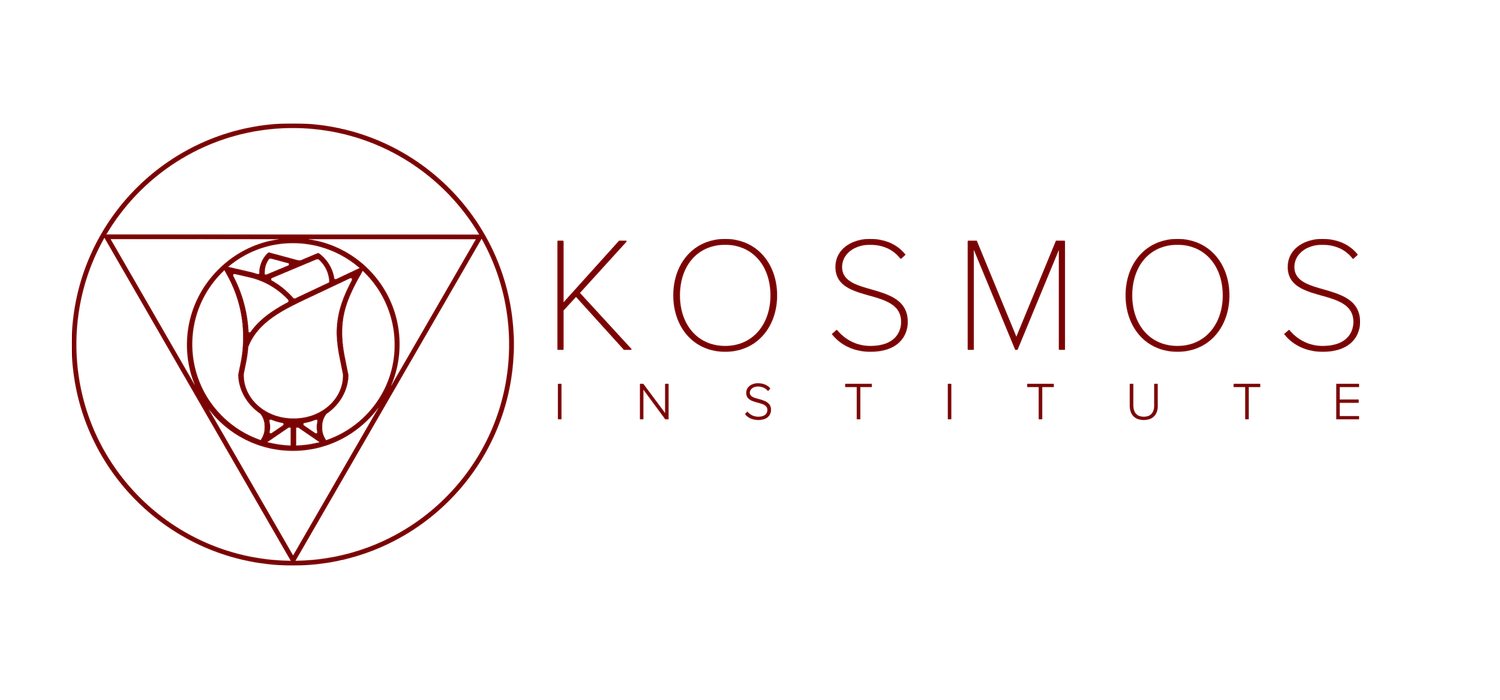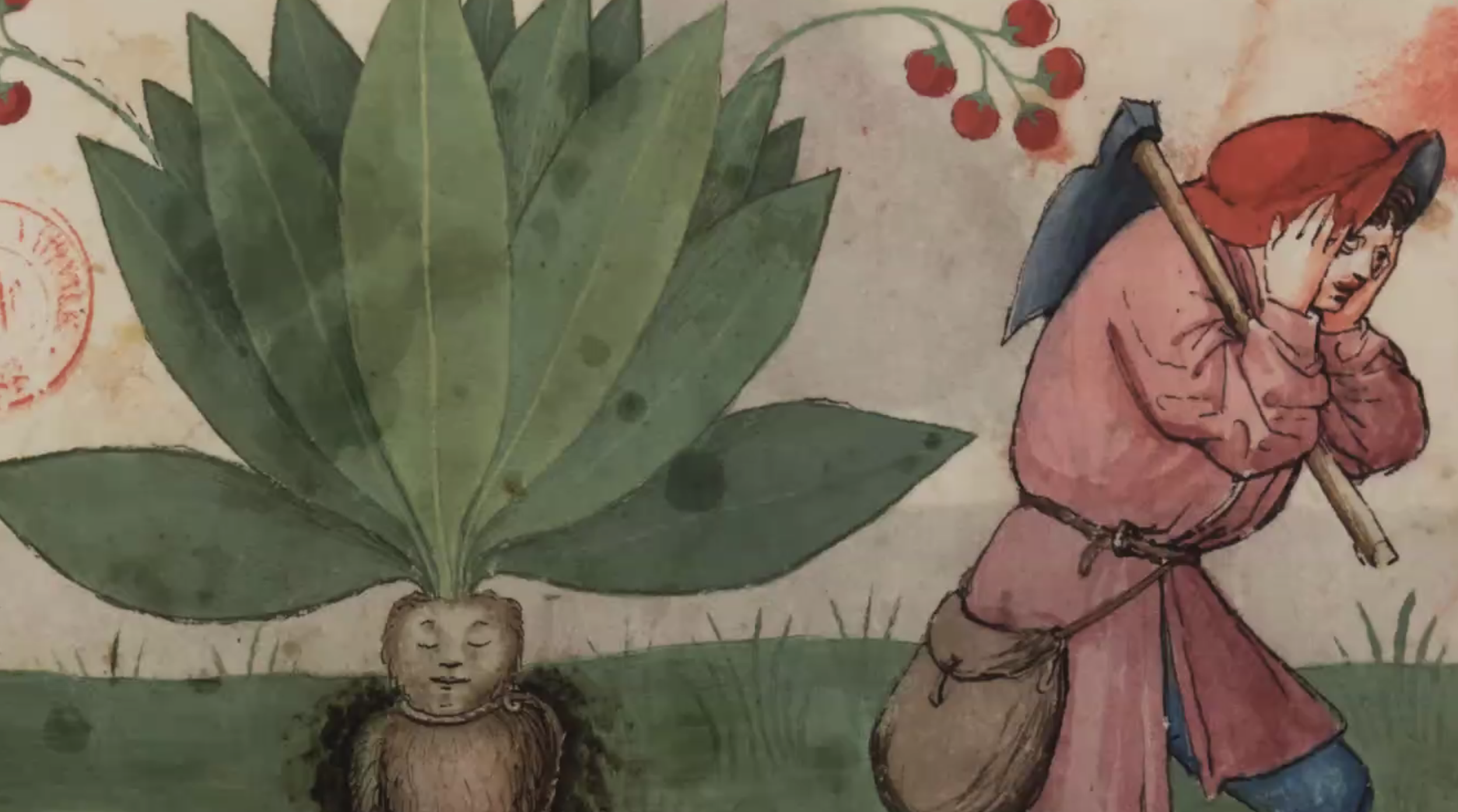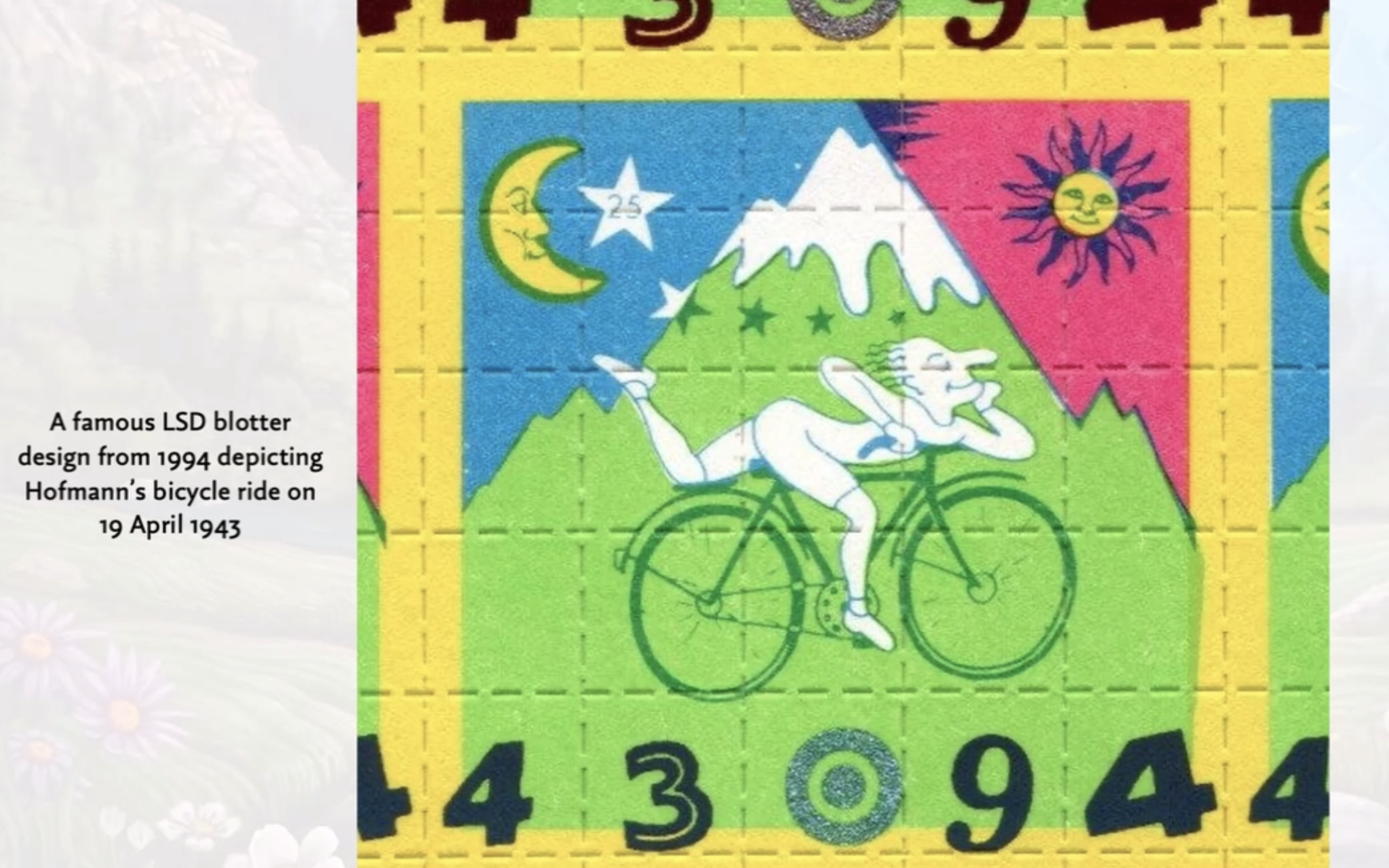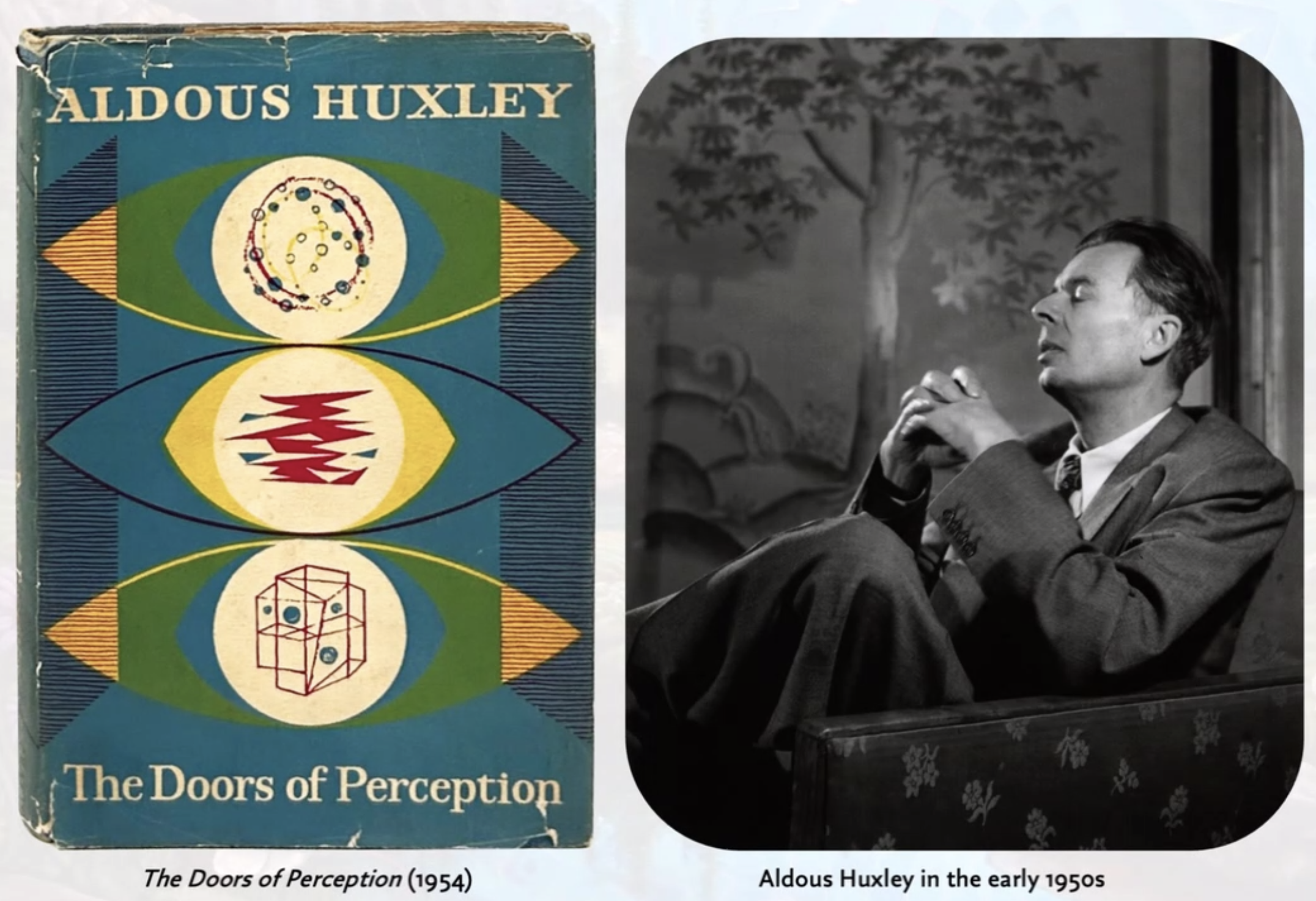Psychedelic Research & the Gnostic Spiritual Quest
The West is currently witnessing a “psychedelic Renaissance” as a rapidly growing body of academic research demonstrates the medical value of psychedelic compounds for the treatment of conditions such as depression, post-traumatic stress disorder, drug addiction, and end-of-life anxiety.
The resurgence of psychedelic research, often termed the "psychedelic Renaissance," has sparked renewed interest in the transformative potential of psychedelics for psychological healing and spiritual awakening. This phenomenon extends beyond clinical settings, reaching into profound philosophical and spiritual domains traditionally explored by ancient mystical traditions, notably Gnosticism. Central to understanding this connection is the concept of gnosis—a profound form of experiential knowledge characterized by deep self-awareness and recognition of cosmic truths. Psychedelic experiences, through their profound alteration of consciousness, can provide a pathway to this form of experiential knowing, bridging ancient gnostic philosophies with contemporary psychedelic inquiry.
Historically, psychedelics have served as catalysts for profound personal and spiritual transformation, echoed in modern studies demonstrating their efficacy in treating conditions such as depression, PTSD, addiction, and existential anxiety associated with end-of-life issues. Yet beyond their medical utility, psychedelics resonate with themes central to Gnostic spirituality, particularly the pursuit of direct, transformative encounters with hidden dimensions of self and cosmos. Gnosis, in the gnostic tradition, implies direct experiential knowledge—beyond intellectual understanding—that liberates individuals from existential ignorance, revealing profound insights into the nature of reality and self.
The psychedelic experience often mirrors this gnostic ideal by facilitating direct and profound revelations about personal identity, interconnectedness, and cosmic order. Participants frequently report experiences described as mystical or transcendent, echoing the core gnostic pursuit of transcendence and awakening. For instance, psychedelics often dissolve perceived boundaries between self and cosmos, fostering an experiential recognition of unity and interconnectedness reminiscent of gnostic revelations about the cosmos being infused with divine consciousness.
This thematic continuity between psychedelics and Gnosticism extends historically, as European alchemical and magical traditions integrated the use of natural and synthetic entheogens as tools for inner transformation and spiritual enlightenment. Alchemists, like ancient gnostics, sought a "transmuting elixir" capable of catalyzing spiritual transformation—paralleling contemporary psychedelic aspirations to uncover profound spiritual insights through chemically facilitated states of consciousness.
Moreover, psychedelic literature across the 20th and 21st centuries—including foundational authors such as Aldous Huxley, Timothy Leary, and Terence McKenna—repeatedly emphasizes archetypal encounters with the divine feminine, symbolic languages, and cosmic unity, echoing deeply embedded gnostic themes. Such recurring motifs illustrate that contemporary psychedelic exploration is not merely clinical or recreational but inherently spiritual and philosophical, reconnecting modern consciousness exploration with its ancient gnostic roots.
Contemporary neuroscience further illuminates these parallels by demonstrating that psychedelics alter neural networks in ways conducive to mystical and transformative experiences. Brain imaging studies reveal how psychedelics deactivate brain regions associated with the ego, fostering experiences of ego dissolution—central to gnostic transformation. Thus, modern neuroscience offers empirical support to ancient gnostic claims about experiential paths to liberation from egoic constraints.
Furthermore, indigenous shamanic practices, integral to the development of Western psychedelic culture, emphasize direct experiential knowledge and transformative rituals closely aligned with gnostic spirituality. Both indigenous and gnostic traditions value direct revelation and transformation through altered states, underscoring a universal human quest for experiential knowledge—gnosis—that transcends cultural and historical boundaries.
Ultimately, the contemporary psychedelic renaissance highlights the timeless relevance of gnostic spirituality by demonstrating the profound transformative potential inherent in direct experiential knowledge. Psychedelics provide a bridge between ancient philosophical quests for gnosis and contemporary scientific understanding, emphasizing that at the core of human experience lies a profound desire for transformative understanding—an understanding that unites self-awareness with cosmic insight.
Lecture From Week Five of Psychedelic Gnosis: Historical & Archetypal Perspectives
Religious studies scholar, Dr. Hereward Tilton, presents a fascinating lecture on the history of MK Ultra—the CIA’s human experimentation program.
Explore the Gnostic Studies Curriculum at Kosmos Institute
The Psychdelic Gnosis course is part of a five-class series on the subject of gnostic philosophy. Learn more about the series from the designer and teacher, Dr. Hereward Tilton:



